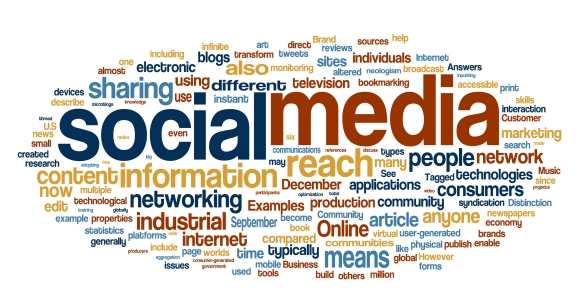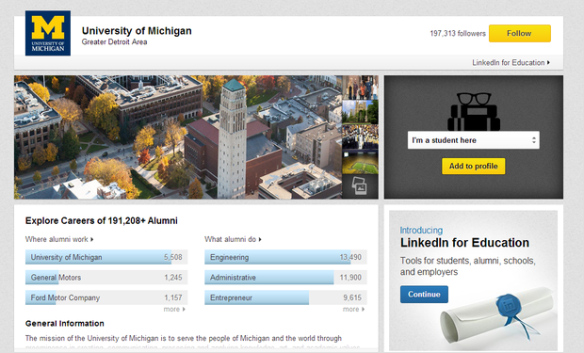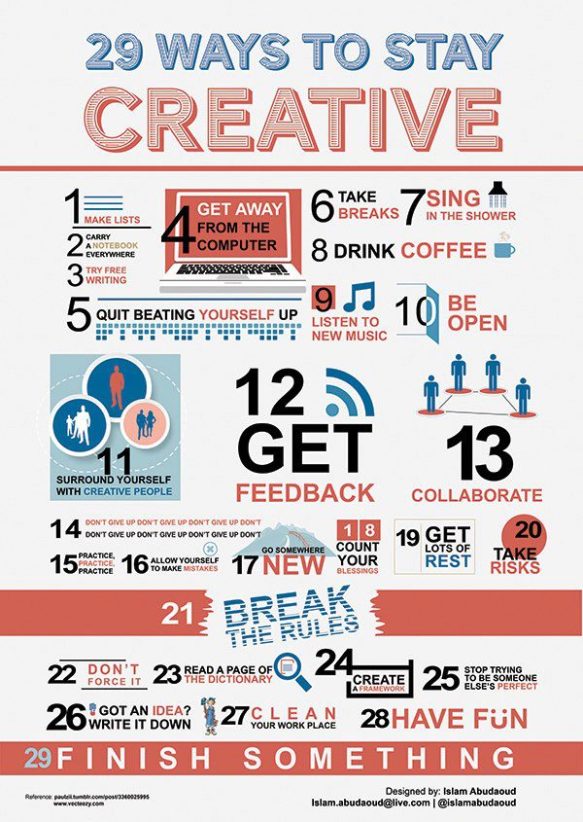I recently read an article on Forbes that really pulled on my heart strings. It was about society’s and policy’s continual focus on making elite higher education more accessible to low income students, but the gap that exists between receiving an acceptance letter and the next 4 years on campus. Overall, the challenge for low-income students does not end with admittance to a prestigious university, and it can be argued that unfortunately it seems really only begin at that point.
When we think of collegiate rights of passage, typically the first things that come to mind involve dining hall meals, all nighters and living in a dorm. However, for students who are financially privileged, collegiate rights of passage often also include spring break excursions to exotic locations, buying the $250 textbook, and having the ability to purchase an expensive and polished looking suit for a last minute job interview or career fair. To illustrate the economic disparities between students at prestigious institutions, as the Forbes article points out “At Harvard, 45.6% of undergraduates come from families with incomes above $200,000 — in other words, incomes in the top 3.8% of all American households.”
Overall, I find this data to be troubling, as our elite institutions are not nearly as diverse as we would like to think. I also cannot help but wonder of the role that technology can play in this issue – for both leveling the playing field and resources available for students of less privileged socioeconomic backgrounds, and exacerbating the differences the experiences they have.
Is there such a thing as technological inequality on our college campuses?
Technological inequality is having the refurbished tablet PC or even being without a laptop, when your classmates are all sporting trendy MacBook Pros, retailing at over $1,000. Technological inequality is not being able to check your email throughout the day on the smartphone that you cannot afford, and missing that message about last minute extended office hours. Technological inequality is missing precious moments of valuable study time, because you do not have the ability to download the latest flashcard mobile app to study your Spanish vocab on the go.
I just wanted to create this post to raise awareness about the role that technology can play in perpetuating inequality on campus. I am aware that some schools have laptop loan programs, but the real problem is more systemic and deeper than that. Technology is nearly synonymous with innovation, and those of us in higher education, whether it is administration, student life, teaching, or tech, can use that innovative spark to find a solution for these issues.
Related articles
- Income inequality vs. the American Dream (rss.cnn.com)
- The education gap in higher universities (voxxi.com)
- Sorry, neoliberals: Inequality is driven by greed, not technology (worldobserveronline.com)




